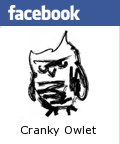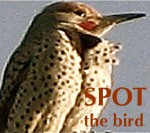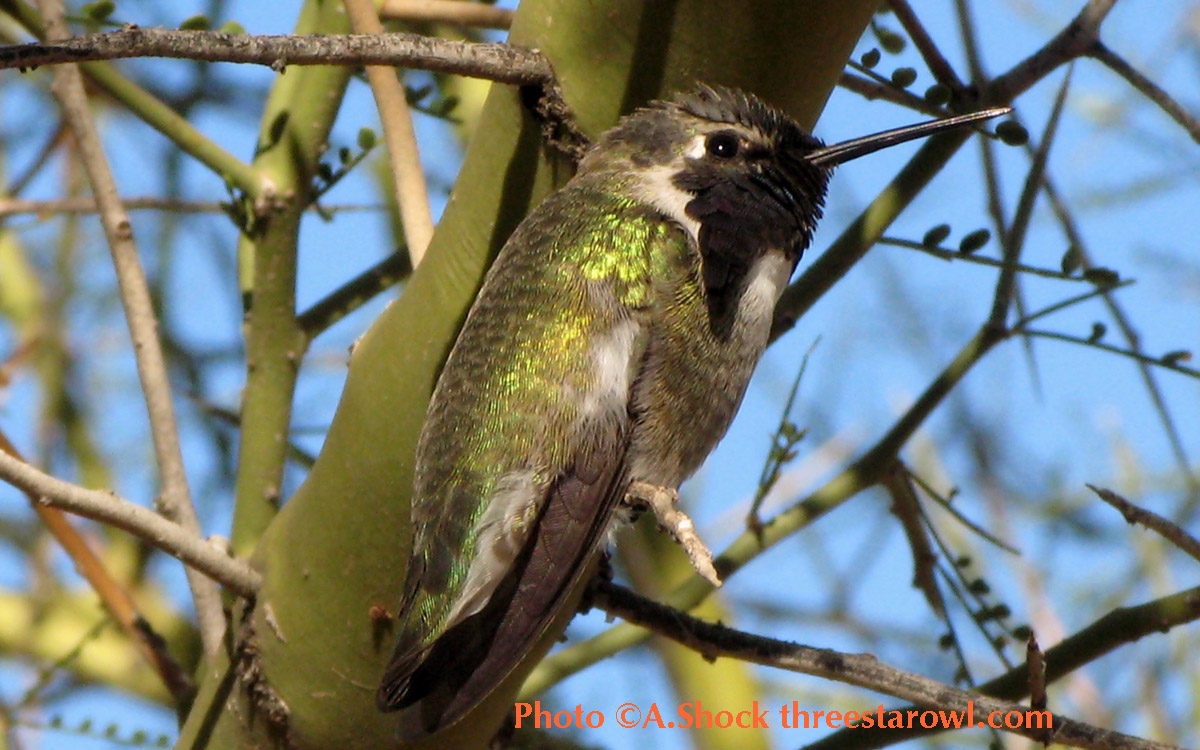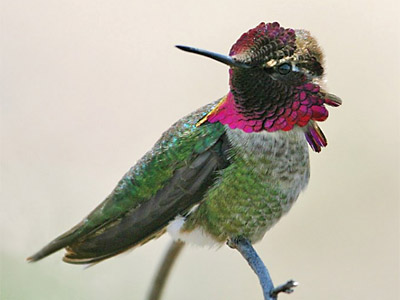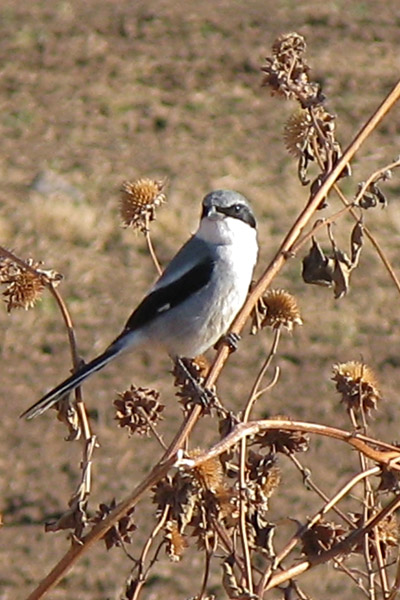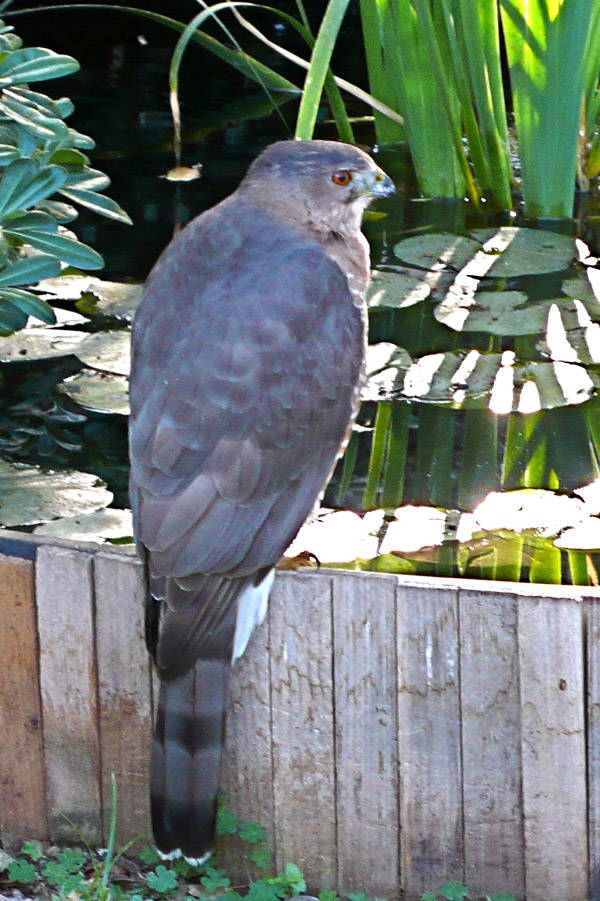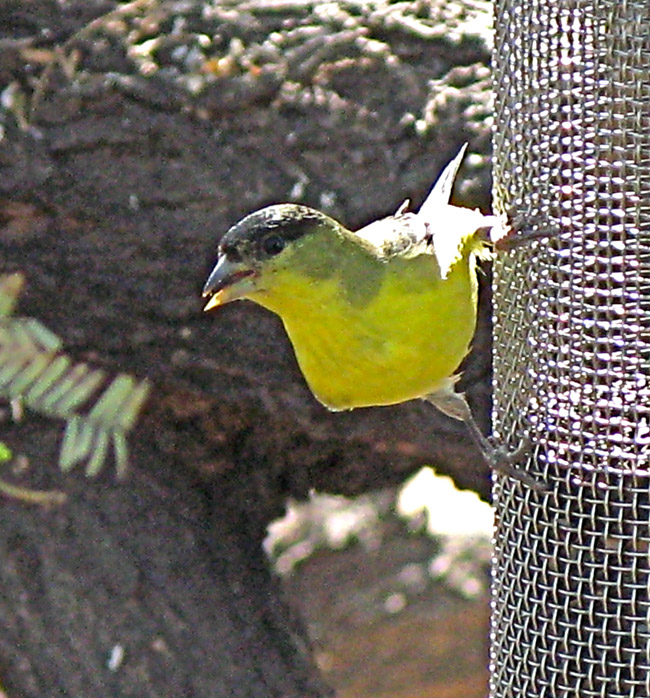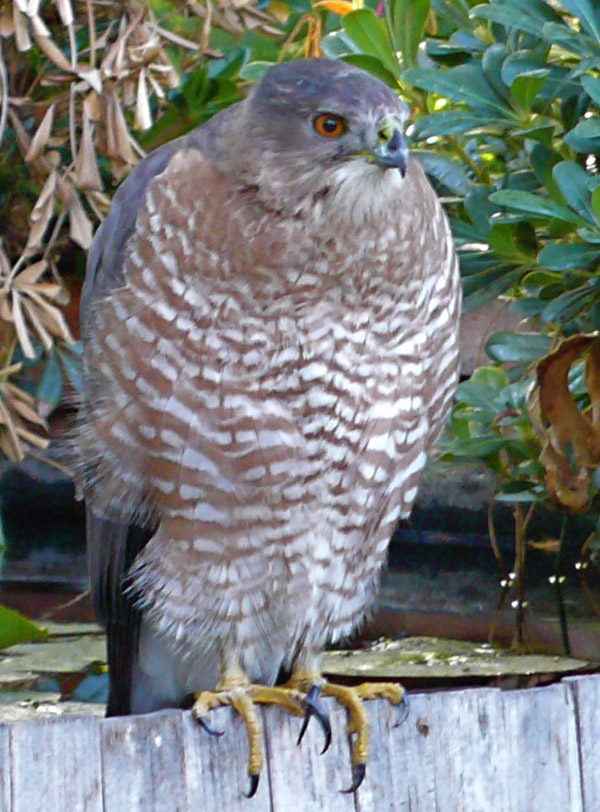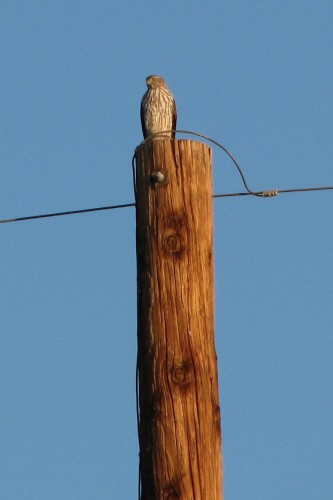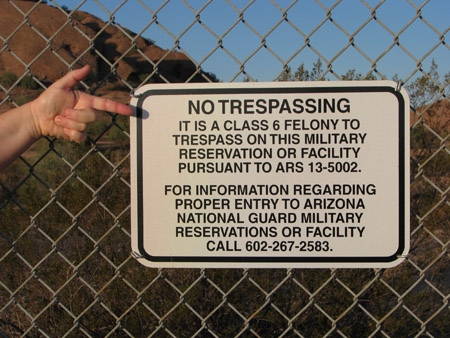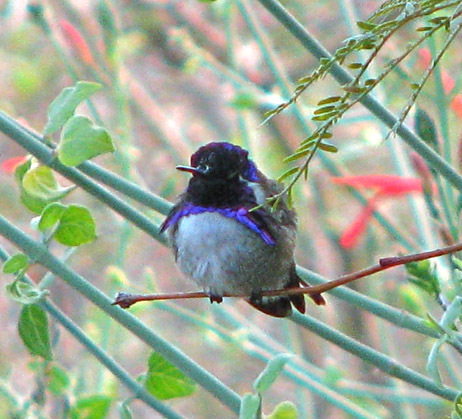Spot the Pipit! plus: gallery of international pipits (a bird with a view)
There’s a small bird in this photo of lakeside rocks. Can you spot the pipit?
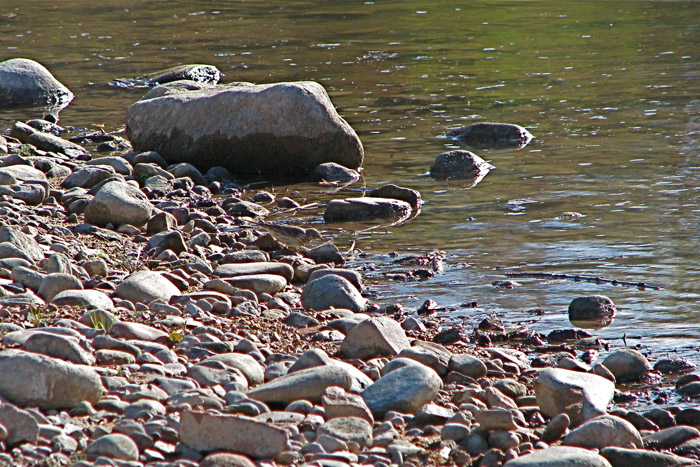 Sunday E and I watched an American pipit (Anthus rubescens; photo E.Shock) working its way along water’s edge at Burnt Corral on Apache Lake east of Phoenix, darting after flies. beetles, larvae
Sunday E and I watched an American pipit (Anthus rubescens; photo E.Shock) working its way along water’s edge at Burnt Corral on Apache Lake east of Phoenix, darting after flies. beetles, larvae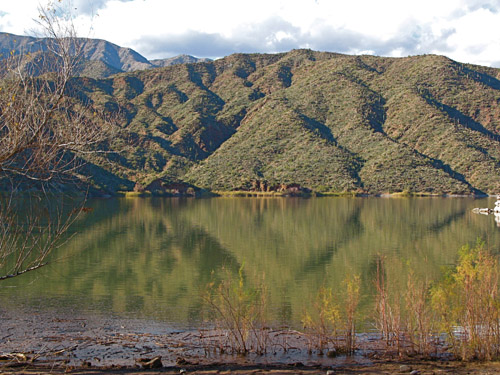 and other yummies around the cobbles in the shallow water. This is where it was working — not a bad view (Photo A.Shock)>>
and other yummies around the cobbles in the shallow water. This is where it was working — not a bad view (Photo A.Shock)>>
Pipits are sparrow-sized, sparrow-like birds which aren’t sparrows at all. They’re the type of bird that people tend not to notice if they’re not birders. It’s partly because pipits aren’t usually found in town or around neighborhoods — they breed in arctic and alpine tundra, and during winter, they frequent shores and coastlines, agricultural fields, and wild, open spaces. Also, they’re easy to overlook: being beige and brown and streaky, they blend right into their backgrounds. In the words of the Cornell Lab of Ornithology:
“The American Pipit is a small, slender, drab bird of open country. Although it appears similar to sparrows, it can be distinguished by its thin bill and its habit of bobbing its tail.” Click on this link to All About Birds for more info.
They share this habit of wagging tails gently up and down with other birds of stream-sides and shores such as Spotted sandpipers, wagtails, and dippers. Being in constant motion helps them blend in with their background of running water or  wind-blown grasses.
wind-blown grasses.
The American pipit we were watching is in the center of this grainy enlargement, at the water’s edge, below the largest rock — click the photo to enlarge, if the bird’s still eluding you. >>
But wait, there’s more! Bonus international pipits:
It turns out that pipits inhabit wild open places the world around, even as far south as southern New Zealand, and also South Georgia island, roughtly between Antarctica and South America in the South Atlantic (and that’s a lot of “souths”). Here is a photo of a shy New Zealand pipit which turned its head just as the shutter fired, and also a picture of the place it lives: this one was on the tops of heavily grazed sea bluffs in the Catlins, South Island NZ.
<< NZ pipit (Anthus novaseelandiae), an indigenous songbird of the island.(Photos E.Shock)
And, here is a South Georgia pipit (Anthus antarcticus), in its habitat, tussock (or, tussac) grass  on the quite remote and windswept breeding islets off of the coast of South Georgia (Photos, A.Shock) <<
on the quite remote and windswept breeding islets off of the coast of South Georgia (Photos, A.Shock) <<
Seems as if pipits, although not very showy themselves, make their livings in some fairly spectacular scenery.
